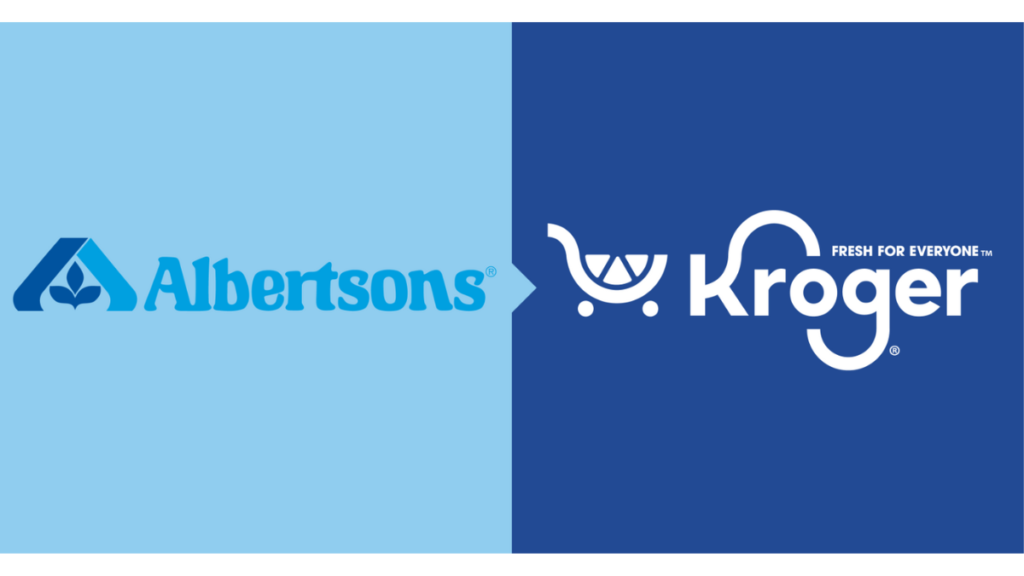The Kroger-Albertsons merger is a significant development in the grocery industry, aiming to create a grocery powerhouse. The merger’s potential implications include market dominance, competition, consumer experience, supply chain efficiency, local impact, regulatory scrutiny, industry response, and data analysis. The combined strength of Kroger and Albertsons could significantly impact the competitive landscape, with local and regional players facing increased competition and the bargaining power of the merged entity with suppliers shifting. The merger could also lead to innovations in in-store layouts, digital services, and customer loyalty programs, influencing consumer interactions with grocery stores. The merger’s impact on local communities, employment, and store closures or openings will be crucial. Industry experts and analysts are closely monitoring the merger, and data analysis can provide insights into the grocery industry’s perception and adaptation to such transformative moves.
Understanding the Dynamics:
Before we jump into the potential impact, let’s briefly understand the dynamics of the grocery industry and the significance of Kroger and Albertsons in this space. Both are retail giants with a vast network of stores, making them key players in shaping consumer experiences.
Exploring the Merger:
The merger between Kroger and Albertsons has been making headlines, promising to create a grocery powerhouse. The details of the deal, including financial aspects and the structure of the merged entity, are crucial to understanding its potential implications.
Market Dominance and Competition:
Bold moves like mergers often lead to consolidation of market power. In this case, the combined strength of Kroger and Albertsons could significantly impact the competitive landscape. Local and regional players may face increased competition, and the bargaining power of the merged entity with suppliers could shift.
Consumer Experience and Innovation:
How will the merger affect the everyday shopper? Beyond the business side, consumers are interested in how this move will enhance their shopping experiences. Will it lead to innovations in-store layouts, digital services, or customer loyalty programs? The answer could shape the way we perceive and interact with grocery stores in the future.
Supply Chain Efficiency:
One of the key areas where mergers can bring about positive change is in optimizing supply chain operations. By combining their resources, Kroger and Albertsons may find ways to streamline logistics, reduce costs, and improve overall efficiency. This could result in better inventory management and, consequently, fresher products on the shelves.
Local Impact:
The merger’s impact won’t be confined to the boardroom—it will resonate in local communities. How will it affect employment in various regions? Will there be store closures or openings? Understanding the local impact is essential for grasping the full scope of the Kroger-Albertsons merger.
Challenges and Regulatory Scrutiny:
Mergers of this magnitude often attract regulatory scrutiny. Antitrust concerns and potential challenges in complying with various regulations could pose obstacles to the successful execution of the merger. Navigating these challenges will be a critical aspect for Kroger and Albertsons.
Industry Response and Speculation:
Industry experts and analysts are undoubtedly closely watching this merger. Speculation about its potential consequences and reactions from competitors can provide valuable insights into how the grocery industry perceives and adapts to such transformative moves.
Data and Trends:
Backing our insights with data is crucial. Examining industry trends, market shares, and financial data can offer a more comprehensive understanding of the potential impact of the Kroger-Albertsons merger.
Conclusion:
In conclusion, the Kroger-Albertsons merger is a development that goes beyond the business pages. Its effects will reverberate through the grocery industry, influencing competition, consumer experiences, and community dynamics. As the merger progresses, staying informed about its various facets will be essential for industry stakeholders and consumers alike.







